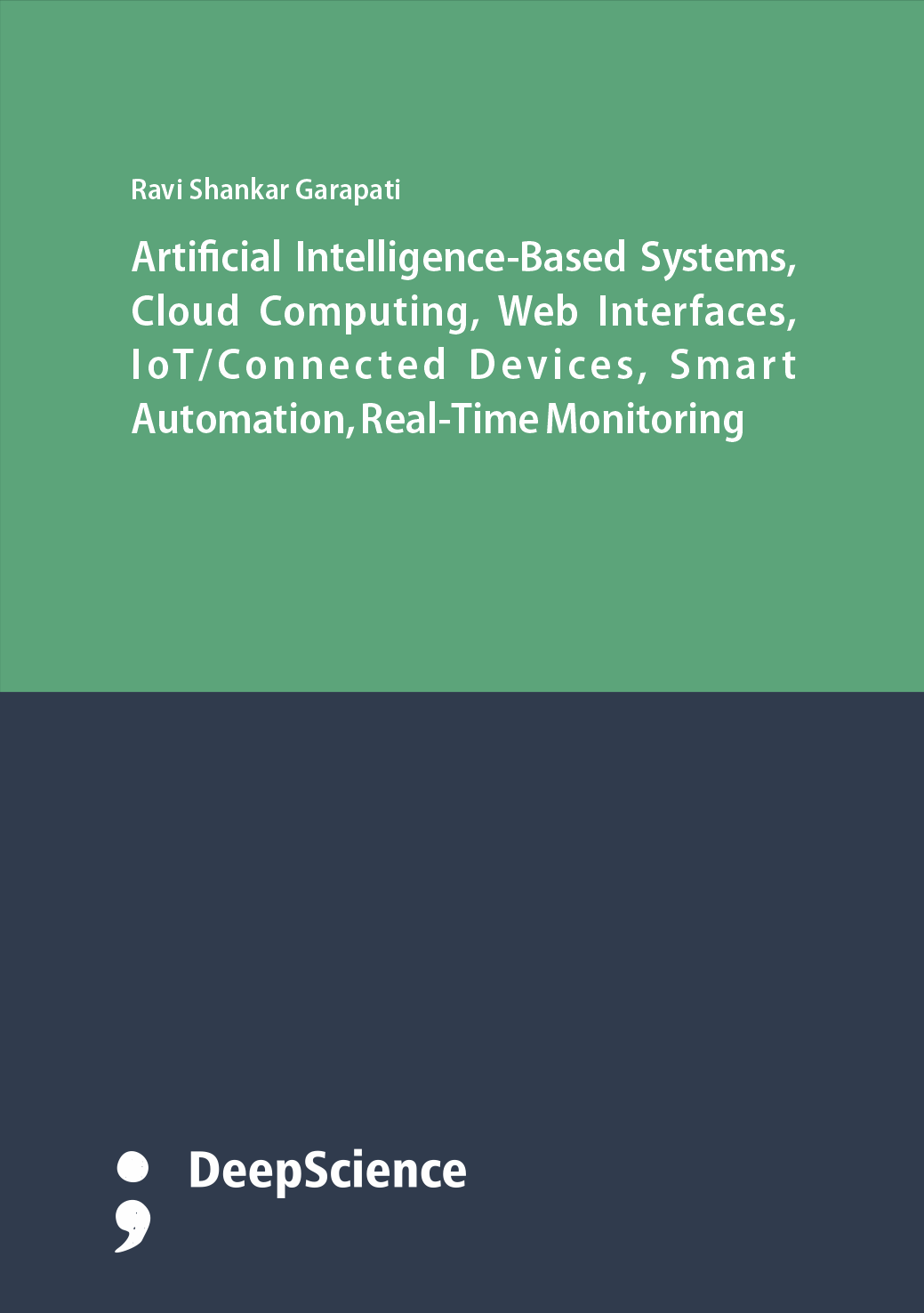User-Centric Design of Web Dashboards for Live Data Visualization and Control
Synopsis
Users interact with more and more live data every day. They want to control the data shown and the way it is being shown. This motivation leads to the development of web dashboards for live data visualization and control that follow a user-centric approach. Live data can be retrieved from sensors and frequently changing data in web-based games. Examples of user control are moving sliders to control a game or selecting options to view differently aggregated data in charts. Principles of user-centric design cater to the user’s needs during the development process.
To better understand the user, user research is carried out to gather user needs. The information guides the design process and forms user personas that represent the characteristics of typical users. Interactions between the user and the system determine the UI design of a web dashboard, describing the layout of the website in terms of charts, toolbars with buttons, sliders, drop-down menus, etc., and navigation within the page or to other pages. The UX describes the overall experience of the user when interacting with the interface, contributing to the creation of products that are easy to use, efficient, and enjoyable. Applying user-centric development principles in data visualization creates webpages that allow users to not only interact with the data but also truly control the representation of the data.













